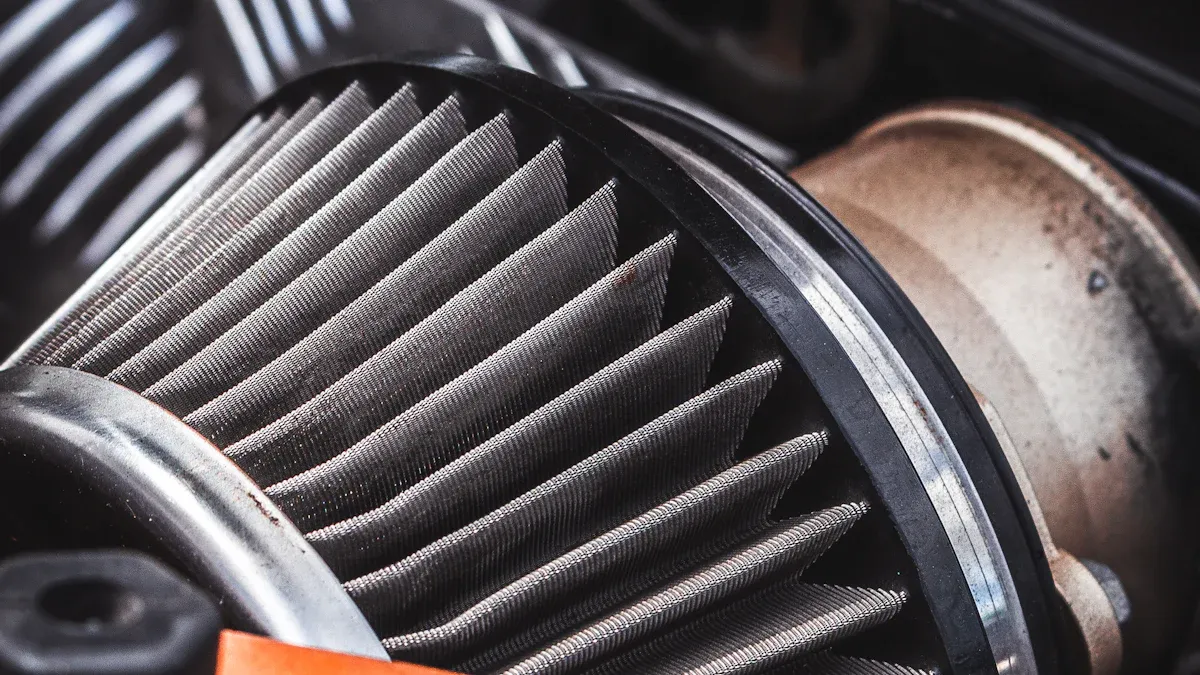Blueberries, often hailed as a superfood, have become a staple in many households due to their numerous health benefits and versatility in culinary applications. However, a common question arises among consumers: Are blueberries washed before packaging? This inquiry not only reflects a concern for food safety but also highlights the importance of understanding agricultural practices and post-harvest handling. In this article, we will delve into the processes involved in blueberry packaging, the significance of washing, and the implications for consumers.
Understanding the Harvesting Process
Before we address the washing question, it’s essential to understand how blueberries are harvested. Blueberries are typically hand-picked or mechanically harvested during their peak ripeness. This process occurs in fields where the berries are exposed to various environmental factors, including soil, insects, and weather conditions. As a result, the berries may come into contact with dirt, pesticides, and other contaminants.
The Importance of Washing Blueberries
Washing fruits and vegetables is a critical step in ensuring food safety. The Centers for Disease Control and Prevention (CDC) recommends washing all produce under running water to remove dirt, bacteria, and pesticide residues. For blueberries, this is particularly important because they are often consumed raw, making any contaminants potentially harmful.
Are Blueberries Washed Before Packaging?
The answer to whether blueberries are washed before packaging is nuanced. In most commercial operations, blueberries are indeed washed before they are packaged for sale. This washing process typically involves several steps:
- Initial Rinse: After harvesting, blueberries are usually placed in a washing system that uses water to remove loose dirt and debris. This initial rinse is crucial for preparing the berries for further processing.
- Sanitization: Following the rinse, many producers employ a sanitizing solution, often containing food-safe chemicals, to eliminate any remaining pathogens. This step is vital for ensuring that the berries are safe for consumption.
- Drying: After washing and sanitizing, blueberries are dried to prevent moisture accumulation, which can lead to mold growth during storage and transportation.
- Packaging: Once dried, the blueberries are sorted, graded, and packaged. This packaging is typically done in a controlled environment to minimize contamination risks.
The Role of Regulations and Standards
Food safety regulations play a significant role in the washing and packaging of blueberries. In the United States, the Food and Drug Administration (FDA) and the United States Department of Agriculture (USDA) set guidelines that producers must follow to ensure the safety and quality of fresh produce. These regulations often mandate washing and sanitization processes to mitigate risks associated with foodborne illnesses.
Consumer Considerations
As a consumer, it’s essential to understand that while blueberries are washed before packaging, it is still advisable to wash them again before consumption. This additional step helps to remove any residual contaminants that may have been introduced during handling and packaging. Here are some practical tips for washing blueberries:
- Rinse Under Cold Water: Place the blueberries in a colander and rinse them under cold running water for about 30 seconds. Avoid using soap or bleach, as these can leave harmful residues.
- Inspect for Quality: While rinsing, take the opportunity to inspect the berries for any signs of spoilage or mold. Discard any damaged berries.
- Dry Gently: After rinsing, gently pat the blueberries dry with a clean paper towel or cloth to remove excess moisture.
Conclusion
In conclusion, blueberries are generally washed before packaging to ensure they are safe for consumers. However, it is essential for consumers to take their own precautions by washing the berries again before consumption. Understanding the processes involved in blueberry handling not only enhances food safety but also empowers consumers to make informed choices about their food. As you enjoy your next bowl of blueberries, remember the journey these little berries have taken to reach your table, and the importance of proper washing practices in ensuring their safety and quality.

More Stories
What Is Hypalon Rubber Sheet? Exploring Its Exceptional Weather Resistance
What Is SMC (Sheet Molding Compound)? Complete Guide for Engineers
Metal Packaging: Leading a Sustainable Future for Food Packaging through Infinite Recyclability and Carbon Reduction